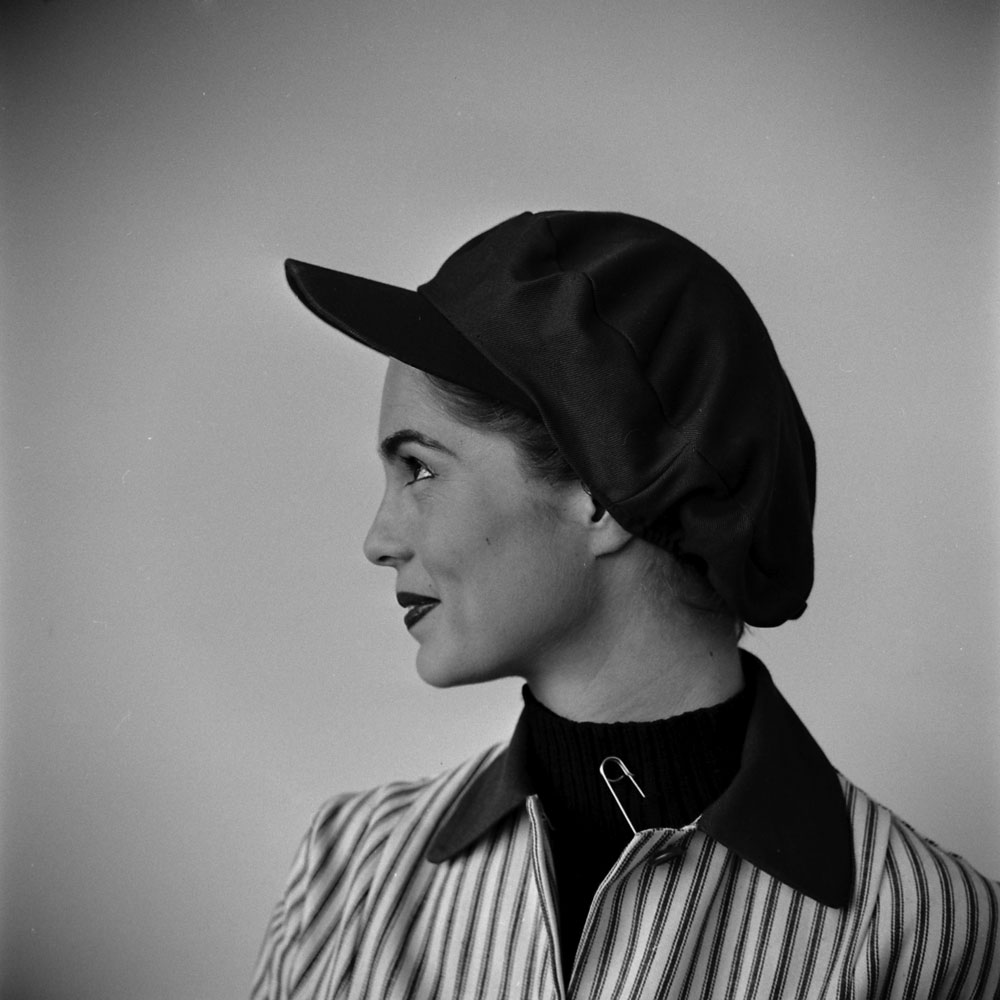
In April 1953, LIFE magazine showed its readers, and especially its female readers, that dressing for work — even if that work was on a factory floor — didn’t necessarily mean sacrificing a sense of style. Luckily for the 4.5 million women working in U.S. factories back then, designer Tina Leser was working hard, too.
Many [women] work near moving machinery or poisonous dusts and acids, and must wear coveralls, made for safety and comfort but seldom for style. Now designer Tina Leser, who usually concerns herself with how to look elegant at expensive resorts, has taken up the problem of how to look snappy at a workbench. In a group of clothes called Fashions for Industry released in stores this week, Miss Leser presents her solutions.
Here, LIFE.com celebrates a look that might have been championed by the likes of Rosie the Riveter.
LIFE also graciously included a disclaimer for readers who might balk at the clean and lean appearance of the “factory workers” in the photographs.
The standard, safe — but usually shapeless — factory coverall appears in practical but neatly fitted and attractive versions, although few factory workers who wear them will look as sleek and unstained as the models in this picture.
Some designs have pants legs narrowed so that they can be pushed up and hidden under a skirt on the way to work. To go with her work clothes, Miss Leser suggests instead of the standard tin lunchbox a stylish imported straw basket.
The factory fashions — including the aforementioned “vanished pants” — and the “pushed-up pants” coveralls to be worn not only in the factory but also during leisure activities — gardening, sailing, perhaps grocery shopping — were at-once versatile and convenient. In short, Tina Leser provided women with some rather exciting choices for their workplace wardrobe beyond mannish (and, by implication, unflattering) coveralls.
Naomi Driessnack is pursuing a B.A. in Photojournalism at Western Kentucky University. Follow her on Twitter @naomidriessnack.
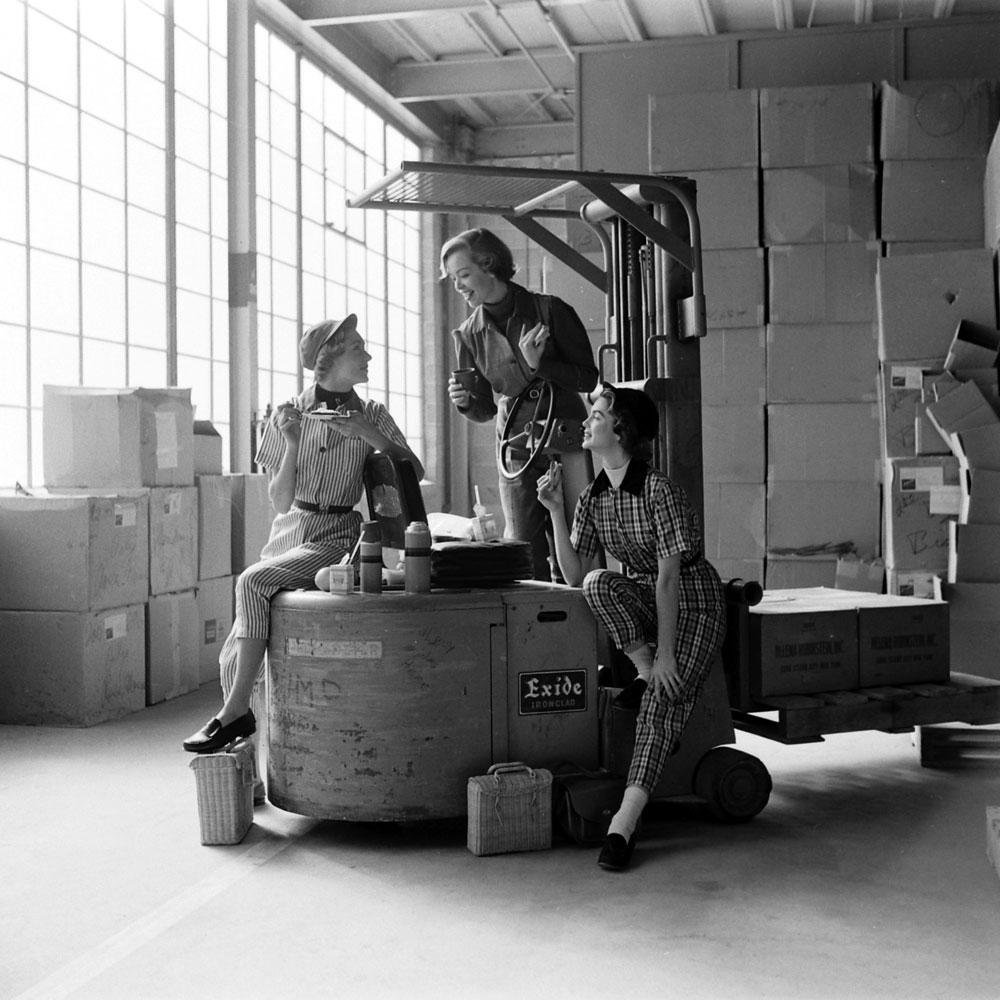
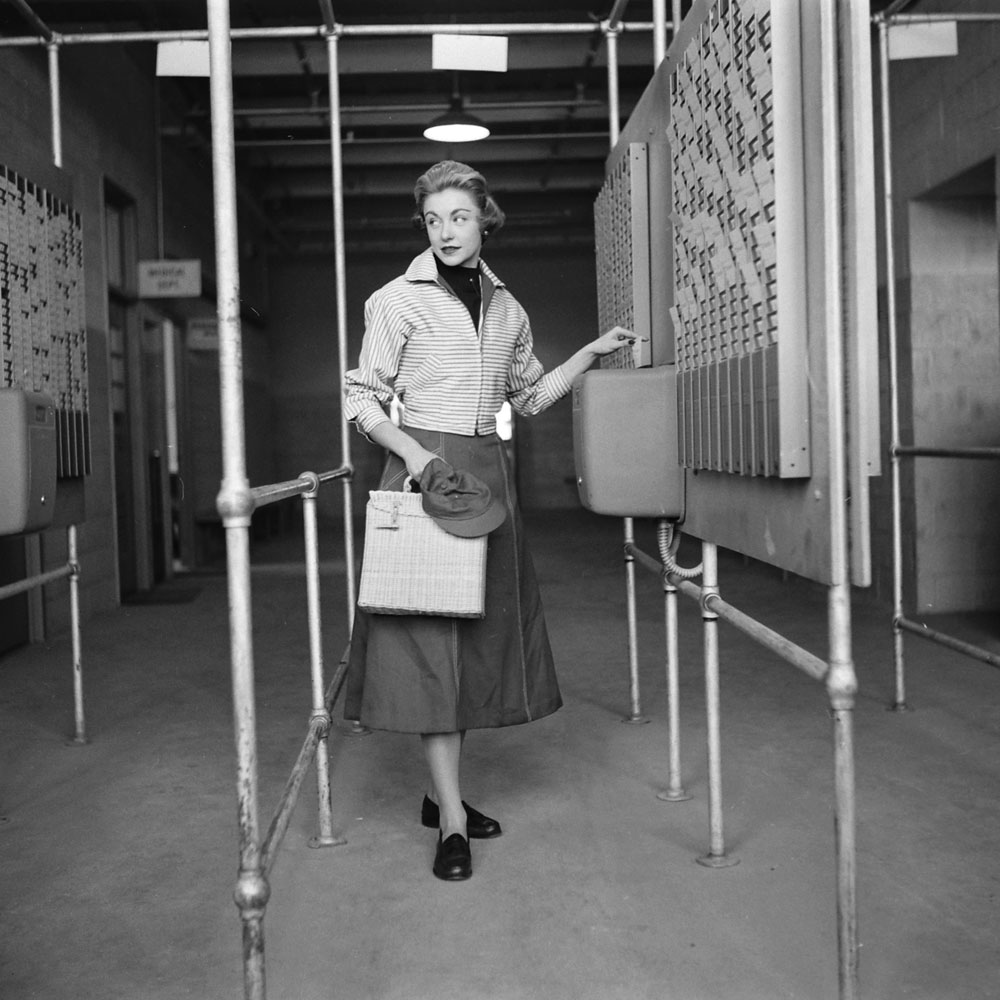

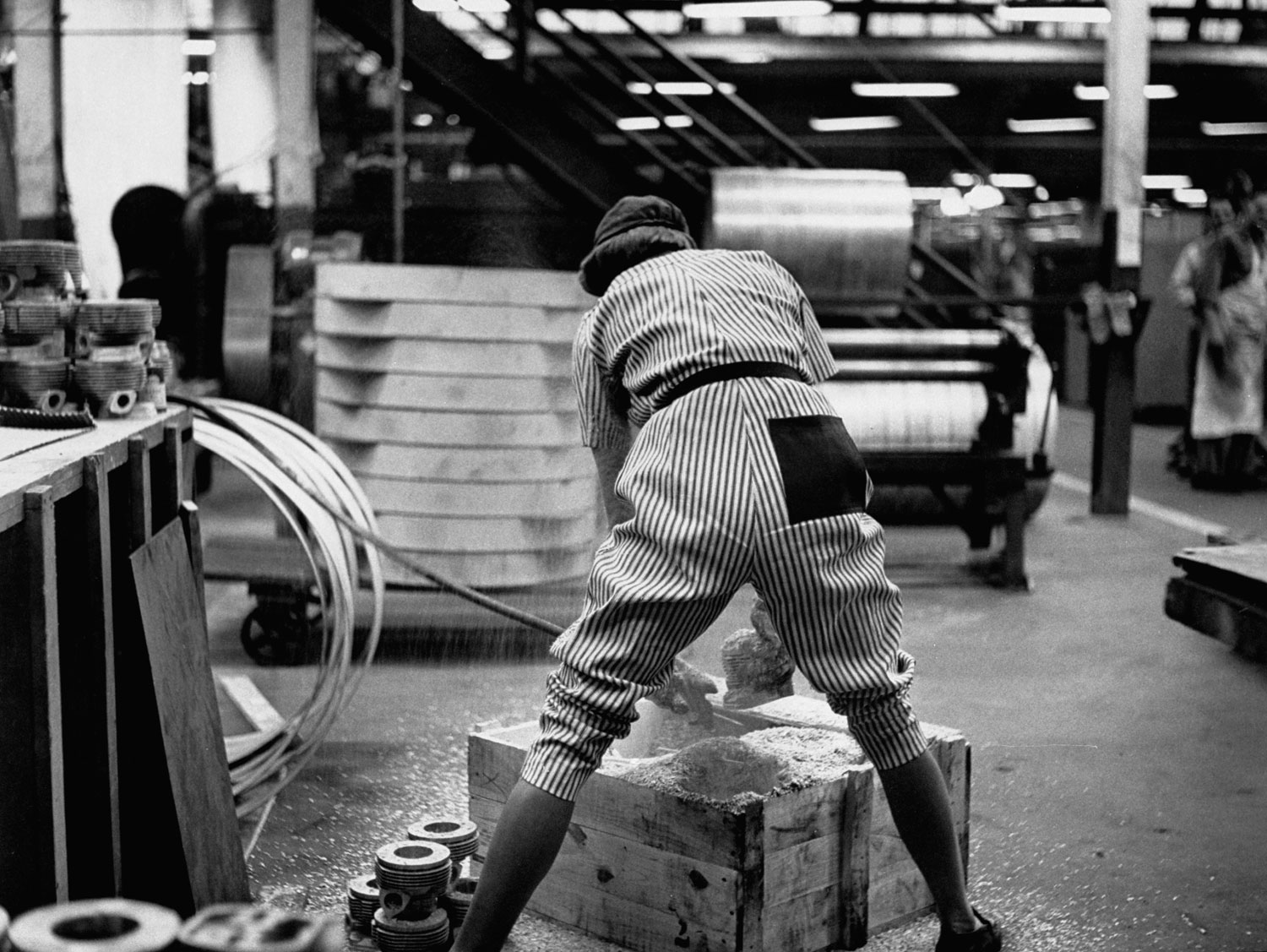
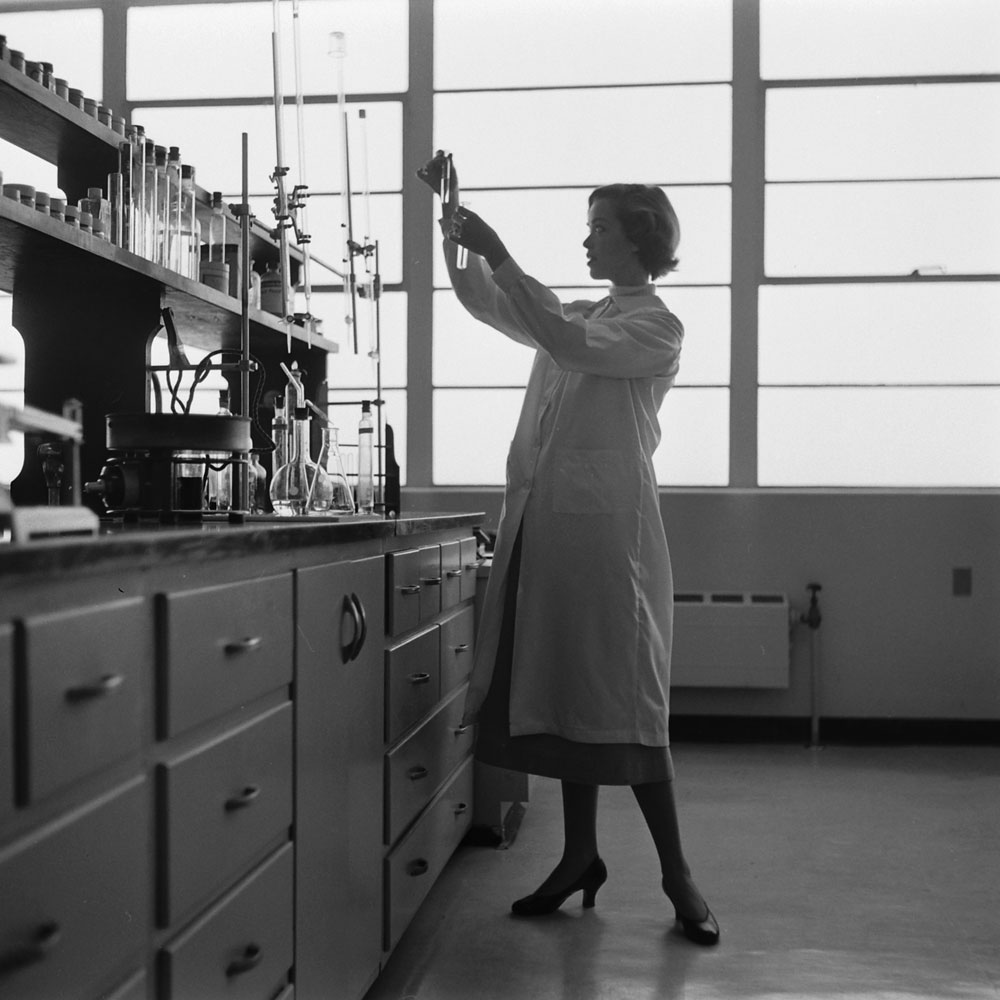

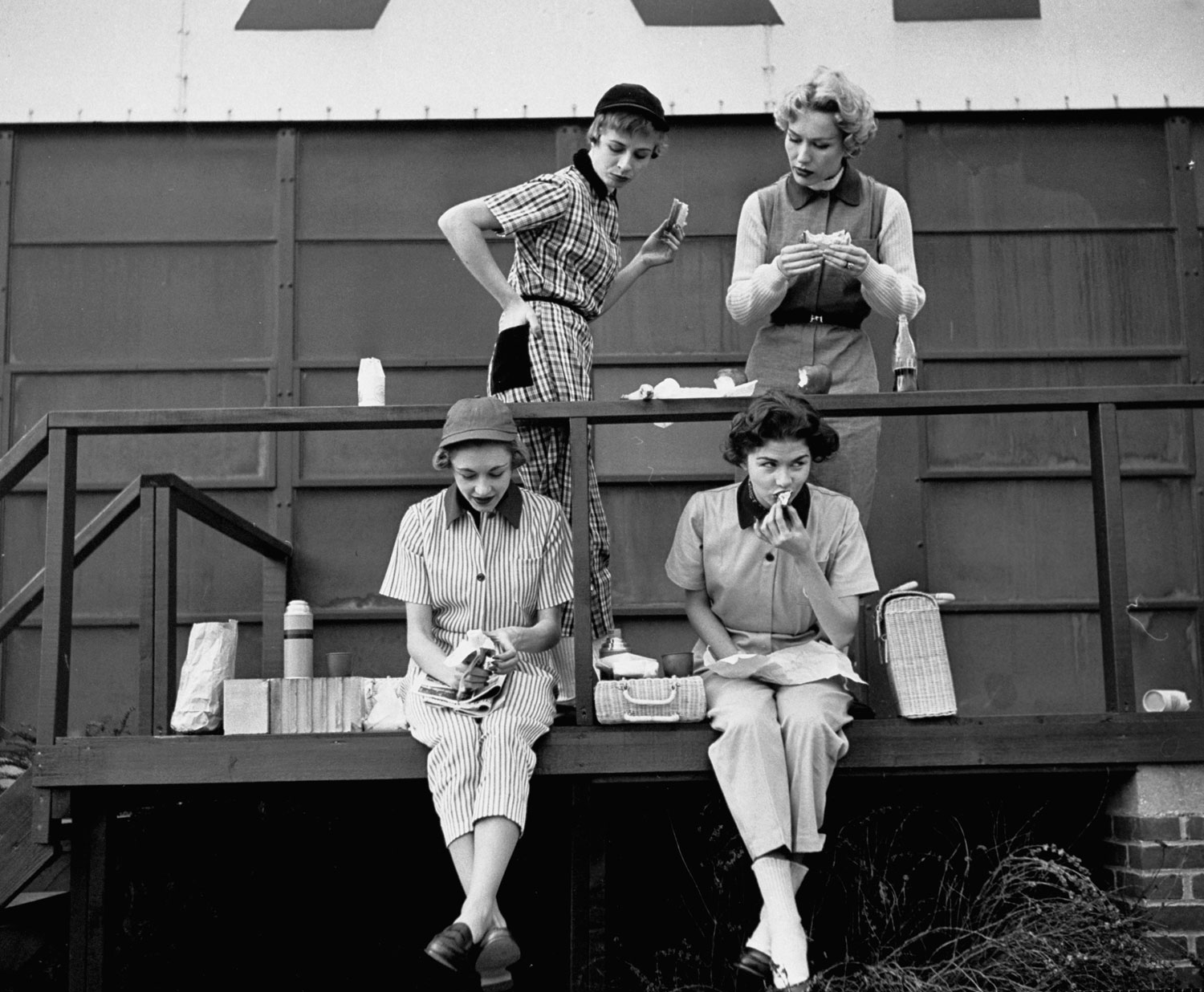
More Must-Reads From TIME
- The 100 Most Influential People of 2024
- The Revolution of Yulia Navalnaya
- 6 Compliments That Land Every Time
- What's the Deal With the Bitcoin Halving?
- If You're Dating Right Now , You're Brave: Column
- The AI That Could Heal a Divided Internet
- Fallout Is a Brilliant Model for the Future of Video Game Adaptations
- Want Weekly Recs on What to Watch, Read, and More? Sign Up for Worth Your Time
Contact us at letters@time.com